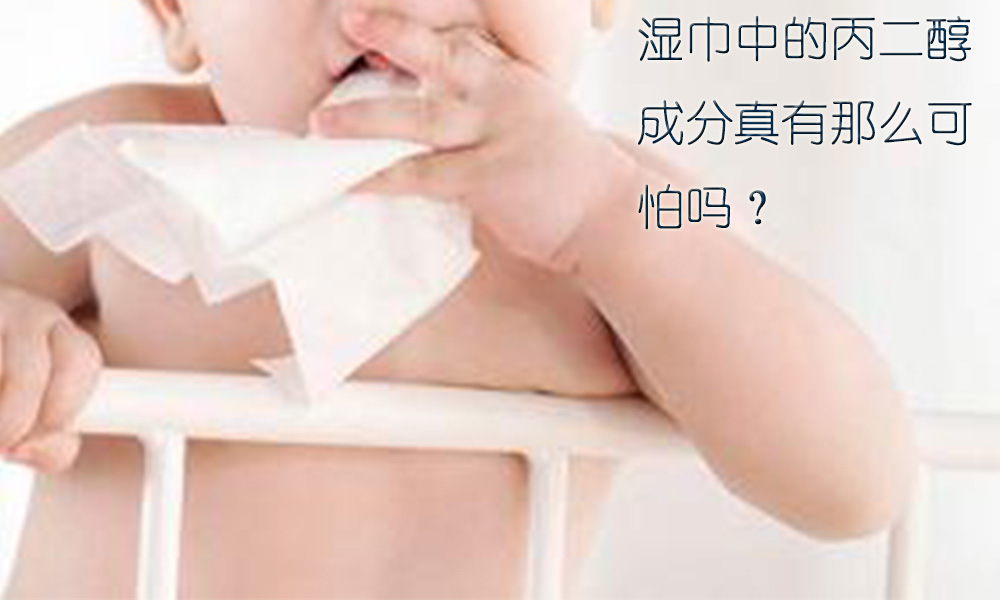
There must be many people using wet wipes They are all used, but there is an ingredient in wet wipes – propylene glycol, which many people may not know very well. Let’s learn more about it in detail:
Introduction to propylene glycol:
According to the supply of propylene glycol: Propylene glycol is an organic compound (diol), usually slightly sweet Tasteless, odorless, colorless and transparent oily liquid, hygroscopic, and easy to mix with water, acetone, and chloroform. Propylene glycol is produced by the hydration of propylene oxide.
What is the role of propylene glycol in wet wipes?
One of its functions is moisturizing. Wet wipes are used on the skin. Of course, after wiping, you want to keep the skin moist in a short period of time to prevent the skin from drying out too quickly. Propylene glycol acts like glycerin at this moment, absorbing some moisture from the air into the skin to avoid dry skin caused by evaporation of liquid after wiping with wet wipes.
The second function is antibacterial. Of course, wet wipes are for one-time use, but many wet wipes are not packaged in single pieces. After tearing off the package, the unused wipes will come into contact with the air. If no measures are taken, bacteria in the air can easily colonize the surface of the wet wipes. breed, and may endanger human health if used again. The antibacterial activity of propylene glycol can slow down the growth of bacteria on wet wipes.
Does the toxicity of propylene glycol affect the human body?
The toxicity and irritation are very small. In rats, LD507000~8000mg/kg is administered intravenously and intraperitoneally, and LD502800mg/kg is administered orally. Its “toxicity” is mainly reflected in its impact on the nervous system, which only occurs when extremely large doses are ingested (for example, animal experiments show that when the dose is higher than 13.2 grams per kilogram of body weight per day, Propylene glycol can cause central nervous system depression). As long as the prescribed limits are not exceeded, small amounts of ingestion or skin contact are relatively safe.
Moreover, propylene glycol is used in the food and pharmaceutical industries. In the food industry, propylene glycol reacts with fatty acids to form propylene glycol fatty acid esters, which are mainly used as food emulsifiers and seasonings. It is an excellent solvent for chemicals and pigments. It is commonly used as a solvent, softener and excipient in the manufacture of various ointments and ointments in the pharmaceutical industry. It can also be used as a wetting agent in toothpaste and cosmetics in combination with glycerol or sorbitol. Therefore, propylene glycol is also widely used in daily life, and its toxicity basically has no impact on the human body.
However, if you are pregnant or have babies, or people with special physiques, you can try to avoid using the propylene glycol contained in it. Don’t worry about it, don’t worry about it. The general population does not need to use it. Too worried!
PS: Wet wipes on the market can be roughly divided into two categories: one type has been disinfected itself, but cannot disinfect other items, and contains skin care products. The ingredients can only be used to moisturize and care for the skin. The other type is disinfectant wipes that are not only disinfected themselves, but can also disinfect other items. They can be used to disinfect or sterilize skin abrasions, scratches, etc. When purchasing wet wipes, you must clearly understand the functional positioning of the wet wipes. Baby wipes have higher requirements and cannot contain alcohol, fragrance, irritants, fluorescent agents, etc.

 微信扫一扫打赏
微信扫一扫打赏

